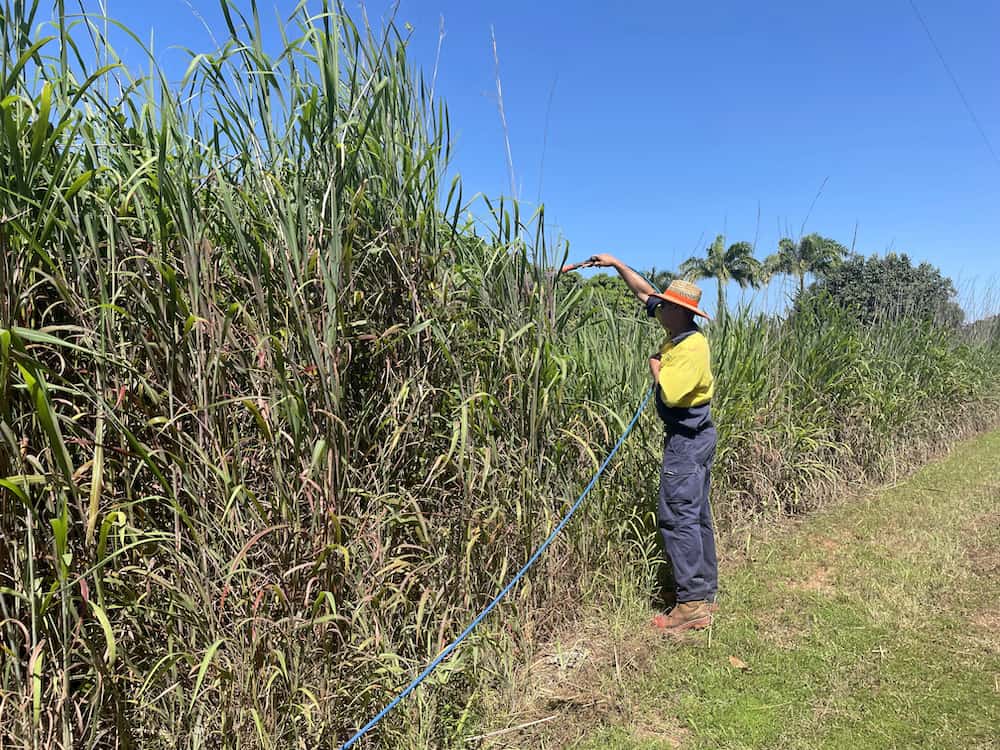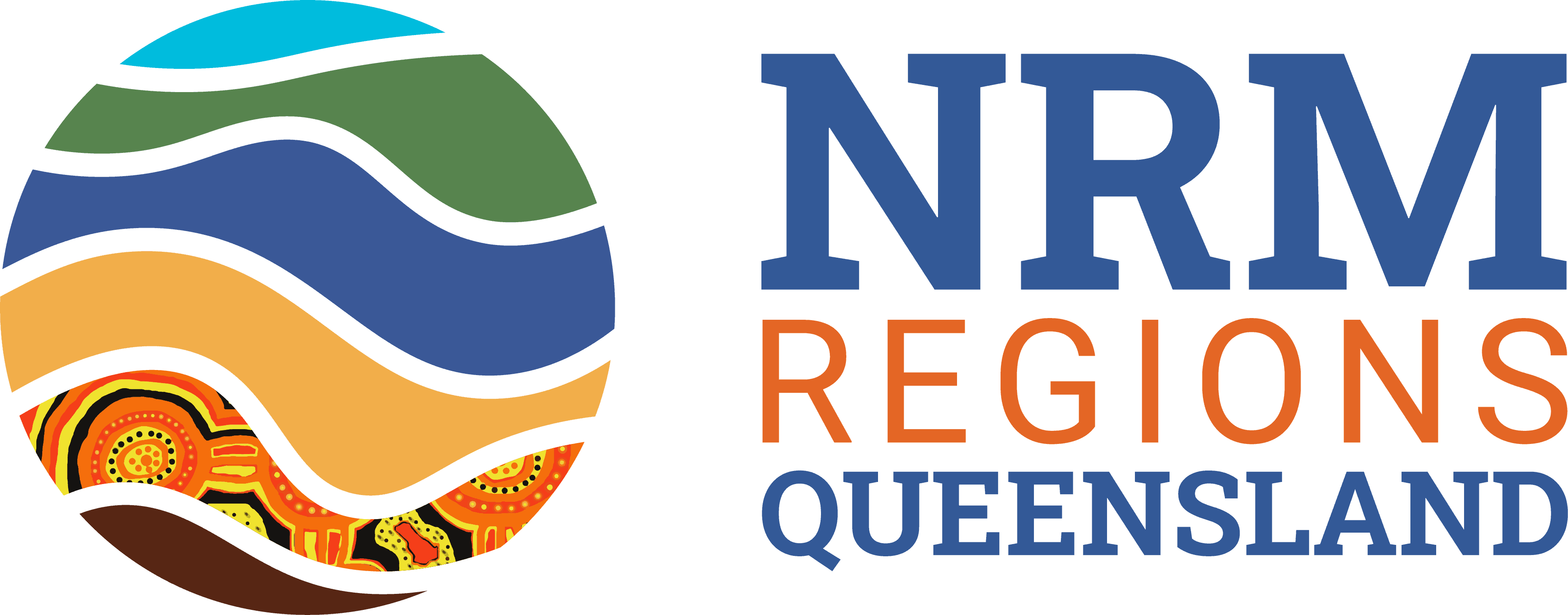Gamba grass is a restricted invasive plant under the Biosecurity Act 2014. It is fast growing and can overrun local ecosystems and fuel fires with intensities well above that posed by native vegetation.
In April 2022 a multi-agency taskforce arrived in Cooktown in Far North Queensland in an unprecedented show of unity to assess the prevalence of Gamba Grass, control its spread and raise community awareness about this invasive weed.
The taskforce was made up of representatives from shire councils from as far south as Hinchinbrook, Cape York NRM, South Cape York Catchments, Queensland Parks and Wildlife Service, Biosecurity Queensland, Traditional Owners and private landholders.
Eight teams spent a week in the Cook Shire, identifying, mapping and spraying Gamba grass across 37 properties, as well as public roadsides, and reserves.
In all, the taskforce treated 1340 hectares of land for Gamba grass using weed sprays transported on the back of utes.
The taskforce was created under the Far North Queensland Regional Association of Councils taskforce model and was hosted by Cook Shire Council and supported by Cape York NRM.
Darryn Higgins, the council’s Biosecurity and Local Laws Manager, said the taskforce was an ideal concept for the Cook Shire.
“The taskforce concept allows member councils to achieve an enormous volume of work in a short period by sharing combined resources.”
“It also builds relationships across boundaries, promotes the interchange of knowledge and allows officers to see unfamiliar species first hand so that they may be immediately recognised when encountered in a new location,” he said.
“With regards to Cook Shire Council, we are possibly the most poorly resourced local government agency by area in Queensland. Using our existing staff and resources there was no chance we could achieve anything close to the outcomes gained from this taskforce.
“When Cape York NRM indicated that they would be able to support a program targeting Gamba grass we jumped at the opportunity.”
Cape York NRM’s Coastal Ecosystems Coordinator Dave Preece said the team work was unique, efficient and cost effective.
“It’s the first time we’ve seen a collaboration of this kind up here, where councils and other agencies are teaming up to try and stamp out this weed which is affecting Northern Queensland.”
“It was a big operation, with a lot of planning and logistics involved,: Dave said.
“We’re hoping the success of the April project will be the start of a more coordinated approach to monitoring and control efforts.
“In the Annan/Endeavour catchment and parts of the Normanby catchment the outbreak has been growing and we don’t want it to get out of hand.”

Darryn agreed: “The precedent we are hoping to avoid is the Northern Territory experience where risks posed by Gamba grass were overlooked for years. This led to a situation where fire management and Gamba control now costs the Northern Territory community tens of millions of dollars annually.
“If we are able to obtain funding, we want to conduct a follow-up program next year with the intention of increasing the capacity of landholders to take over management in ensuing years.”
He said the council wanted to build on the knowledge and successful messaging that went through the community.
“The response from landholders was terrific and overwhelmingly positive,” Darryn said.
“When establishing the program we were required to obtain consent from landholders. While doing so, officers from Council, Cape York NRM and other agencies spent a lot of time discussing Gamba grass and related threats, and providing information in the form of fact sheets.
“In addition, local residents could not help but notice the large volume of vehicles and officers in the area during the week working on their behalf.
“I know many of them are now willing to contribute their own time to managing Gamba grass on their own landholdings.”
The Gamba Grass Taskforce project was a combined effort with funding from the Australian Government’s Reef Trust, Cook Shire Council, and assistance from Far North Regional Association of Councils, South Cape York Catchments, Queensland Parks and Wildlife Service, Biosecurity Queensland, Traditional Owners, and private landholders.
